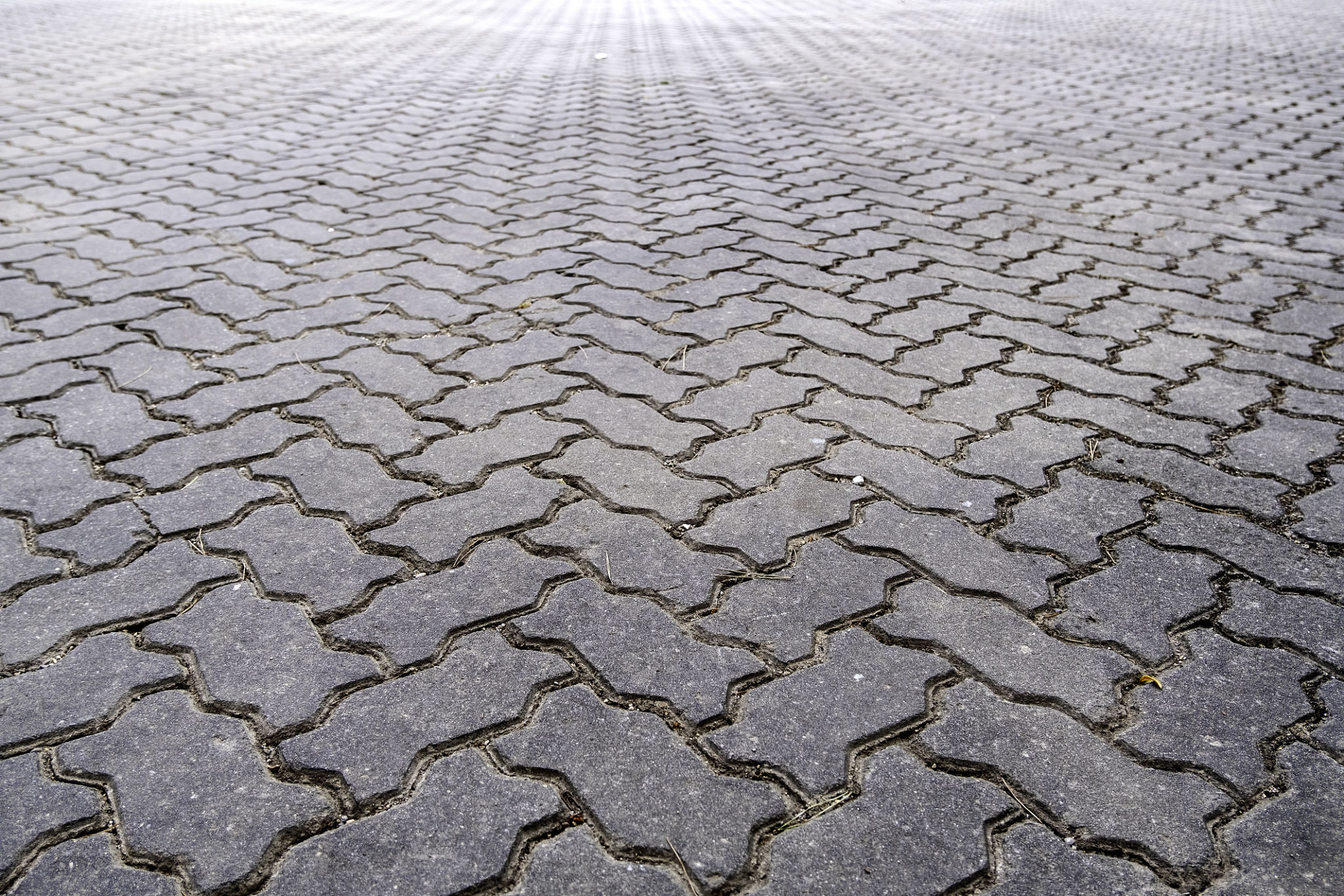A Complete Guide to Stonework in Residential Landscaping
ME
Introduction to Stonework in Landscaping
Stonework has been an integral part of landscaping for centuries, offering both aesthetic appeal and functional benefits. Whether you're looking to enhance your garden's visual appeal or increase the value of your property, incorporating stone elements can be a game-changer. From pathways to retaining walls, stonework provides a natural and enduring solution for any landscaping project.
The beauty of stonework lies in its versatility and durability. It can withstand various weather conditions, requiring minimal maintenance while providing a timeless look that complements any style of home. Let's explore how you can integrate stonework into your residential landscaping effectively.

Types of Stonework in Landscaping
Pathways and Walkways
Stone pathways and walkways are a popular choice for guiding visitors through your garden while adding a touch of elegance. You can choose from a variety of stones such as granite, slate, or limestone to suit your home's aesthetic. These materials offer a natural look and are durable enough to handle foot traffic.
Retaining Walls
Retaining walls serve both functional and decorative purposes in landscaping. They help prevent soil erosion on sloped terrains and can be used to create terraced gardens. Stones like sandstone and fieldstone are often used for these structures due to their strength and rustic charm.

Design Considerations
Color and Texture
When selecting stones for your landscape, consider the color and texture to ensure they complement your existing outdoor elements. Earthy tones generally blend well with most landscapes, while textured stones can add depth and interest to the space. Mixing different types of stones can create a unique and personalized look.
Proportion and Scale
It's important to maintain the right proportion and scale when using stonework in your landscape design. Large stones can overwhelm small spaces, while tiny pebbles might get lost in expansive areas. Consider the size of your garden and choose stone sizes that harmonize with the overall design.

Installation and Maintenance
Professional Installation
While some stonework projects can be DIY, hiring professionals is often recommended for more complex installations. Experts can ensure proper placement and stability, which is crucial for safety and longevity. They also have the tools and knowledge to handle any challenges that might arise during installation.
Maintenance Tips
Stonework requires minimal maintenance, but it's important to keep it clean to preserve its beauty. Regularly remove debris and weeds from stone surfaces, and occasionally wash them with water to prevent staining. Sealing stones can also help protect against weather damage and maintain their appearance over time.
By incorporating these elements into your residential landscaping, you can create a stunning outdoor space that combines functionality with natural beauty. Whether you're looking for a major overhaul or a subtle enhancement, stonework offers endless possibilities to transform your landscape.